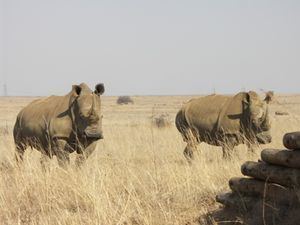Governing body City of Tshwane | Established 1929, proclaimed 1948 Area 40 km² | |
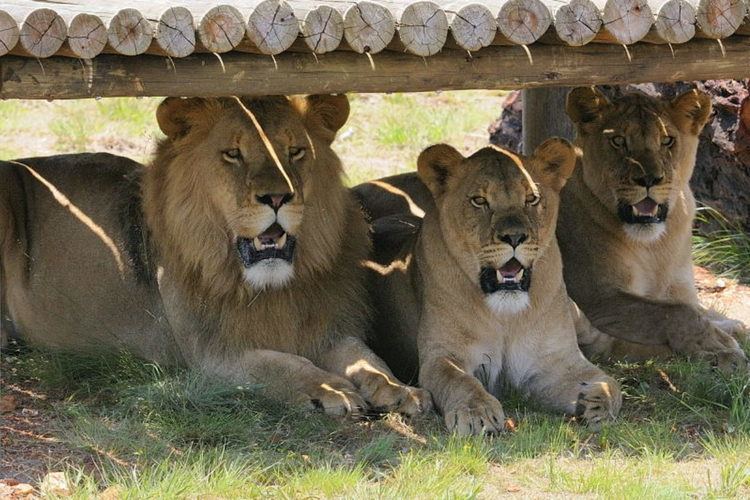 | ||
Similar Groenkloof Nature Reserve, Pretoria National Botanical, National Zoological Gardens, Ann van Dyk Cheetah, Rietvlei Dam | ||
Rietvlei nature reserve
The Rietvlei Nature Reserve is located in Pretoria and is about 4,000 hectares (40 km2) in size. Located within the reserve is the Rietvlei Dam.
Contents
- Rietvlei nature reserve
- Rietvlei nature reserve an unofficial guide
- Trees
- Birds
- Mammals
- Threats to the reserve
- References
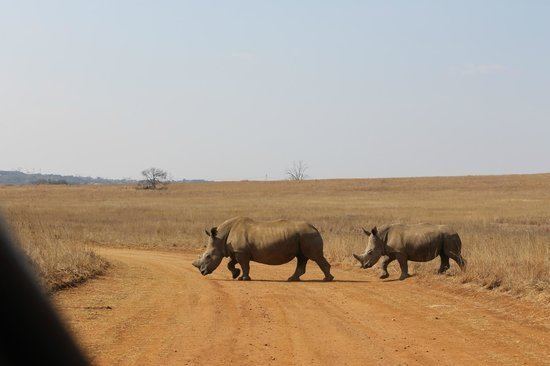
The Rietvlei Nature Reserve surrounds and include the Rietvlei dam and is situated south east of Pretoria, in the Gauteng Province of South Africa, between the R21 highway (OR Tambo Airport highway) on the western side and the R50 (Delmas / Babsfontein) road on the north-east (Figure 2.2). The site lies in the quarter degree grid square 2528CD (Rietvlei Dam), between 25º50’S and 25º56’S latitude and 28º15'E and 28º19'E longitude. The mean elevation above sea level is approximately 1 525 meters, with the highest point at 1 542 m and the lowest point at 1 473 m (at the dam’s outflow). The reserve covers a surface area of approximately 4003 ha or 40 km2 (of which the dam makes up approximately 20ha) and a network of roads cross the entire area, which makes the reserve accessible to visitors and management.
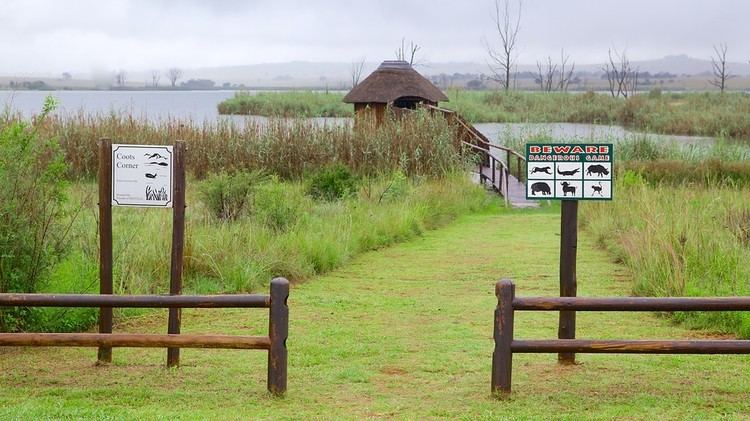
Rietvlei nature reserve an unofficial guide
Trees
Both indigenous and exotic species of trees can be found in the reserve.
Birds
There are an estimated 404 species of birds that make use of the reserve.
Mammals
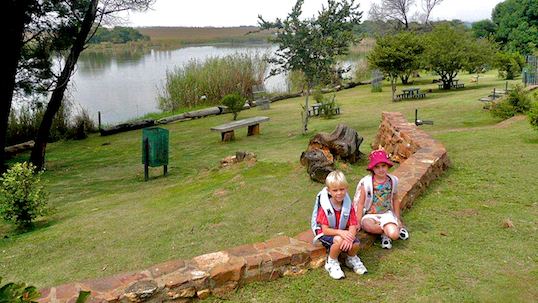
The reserve carries around 1600 individual mammals. Cheetah, Blesbuck, black wildebeest, red hartebeest, eland, common zebra, waterbuck, reedbuck, springbuck, mountain reedbuck, steenbok, grey duiker, oribi, leopard, buffalo, and hippopotamus can all be found in the reserve. Currently there are also 4 lionesses and 2 male lions kept in a separate enclosure on the reserve.
Threats to the reserve
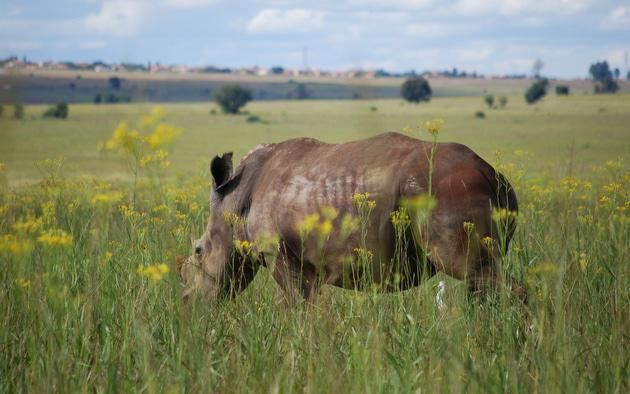
The reserve is situated in Gauteng, one of the highest population density areas in South Africa. As such it is constantly under threat by human expansion and development.
